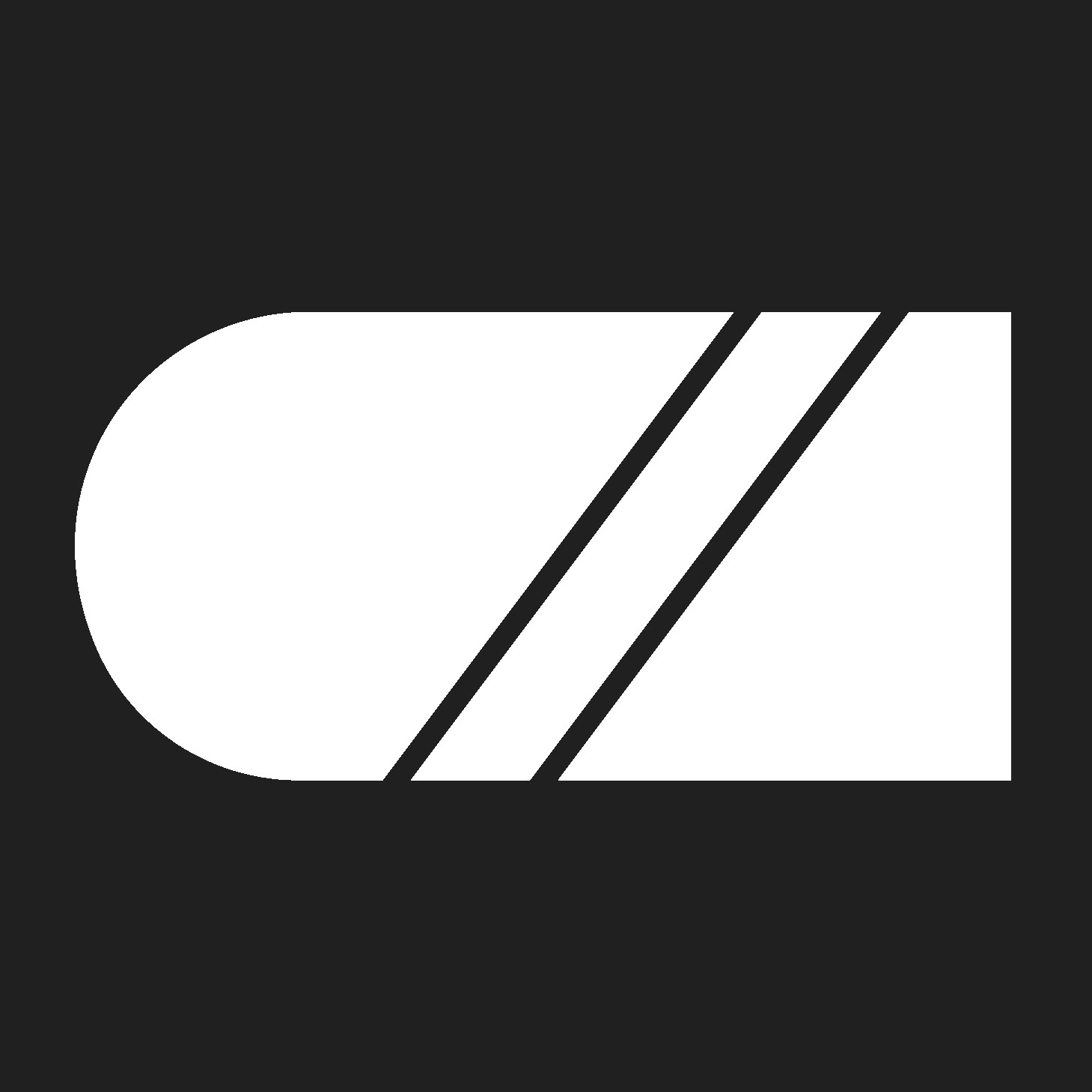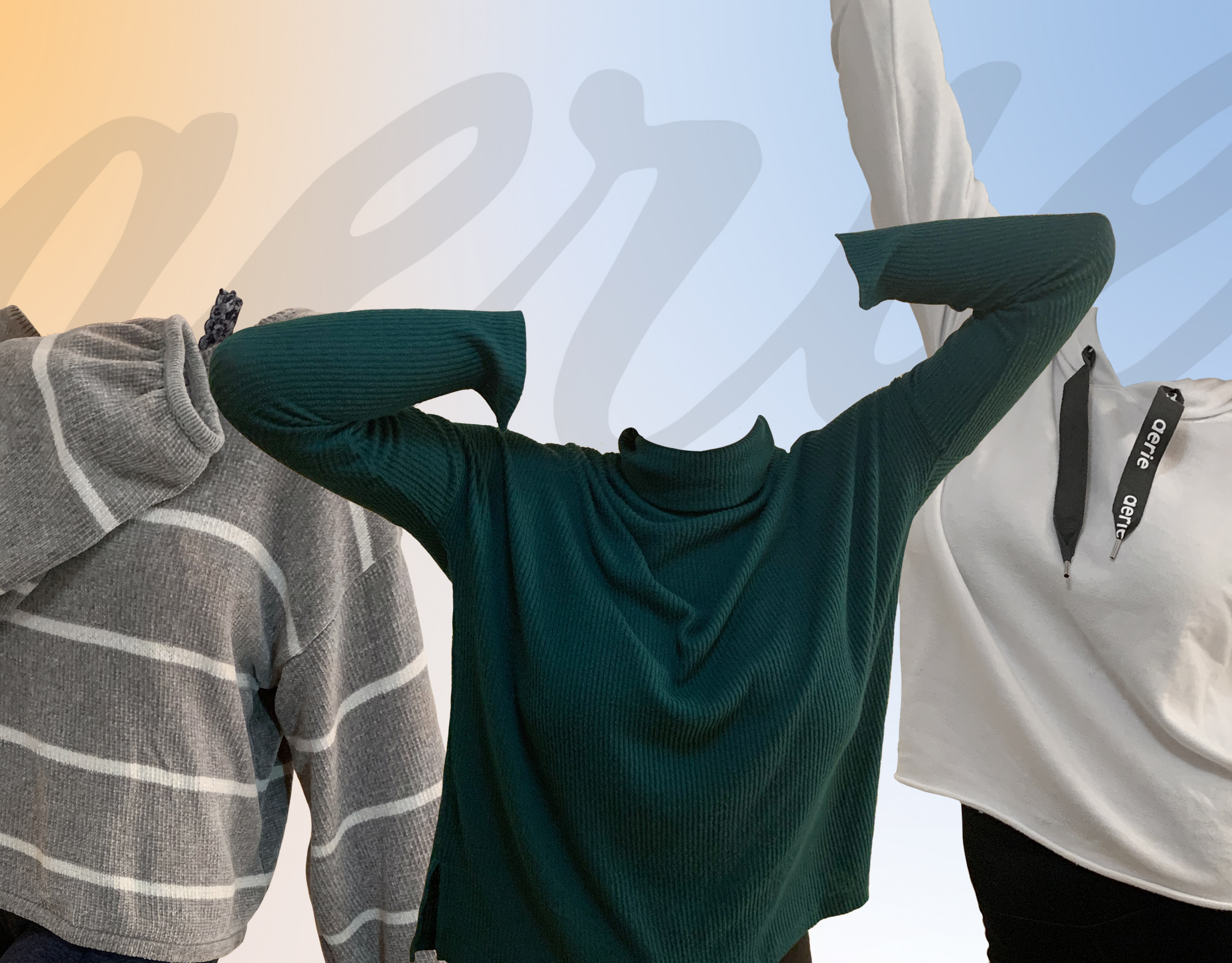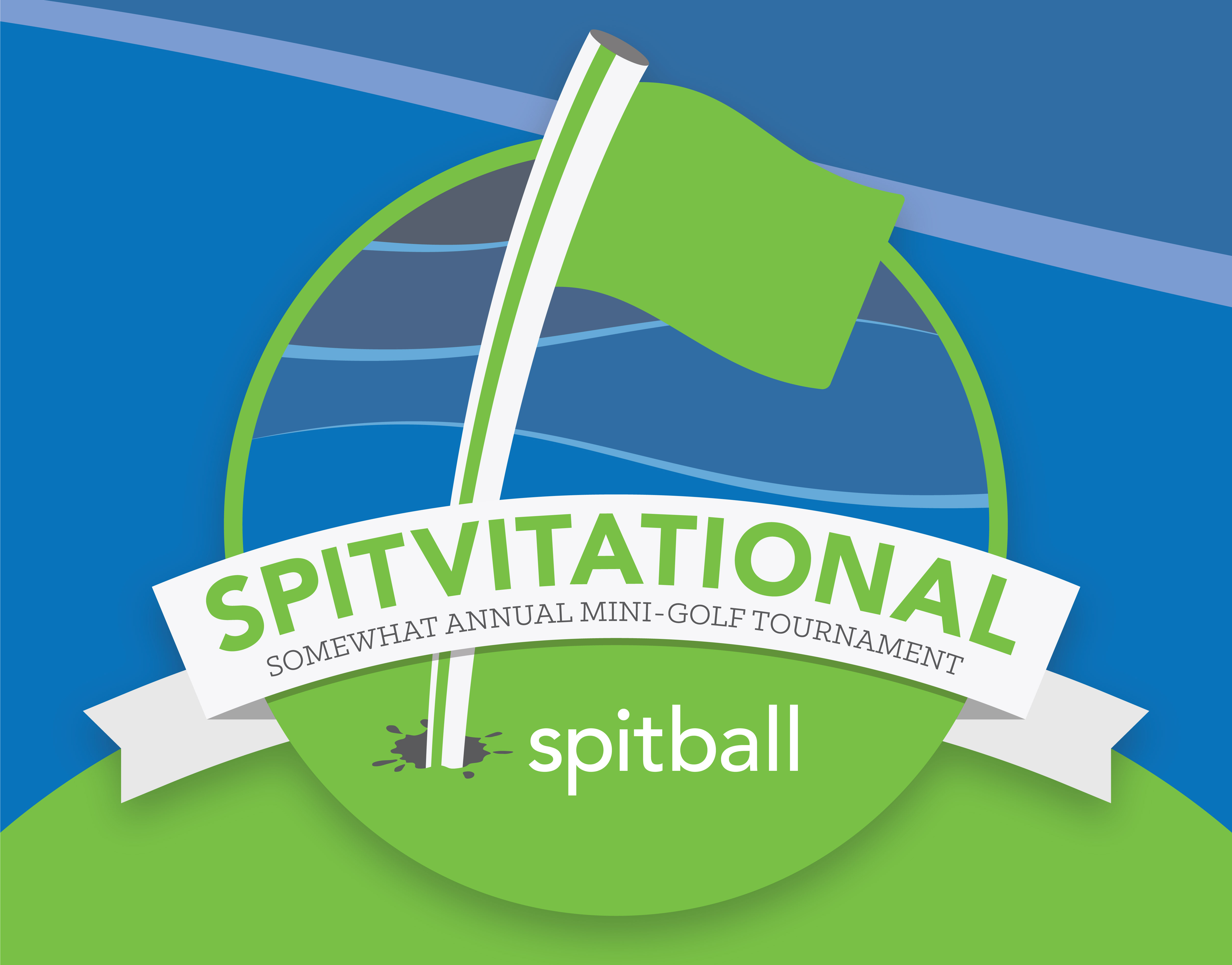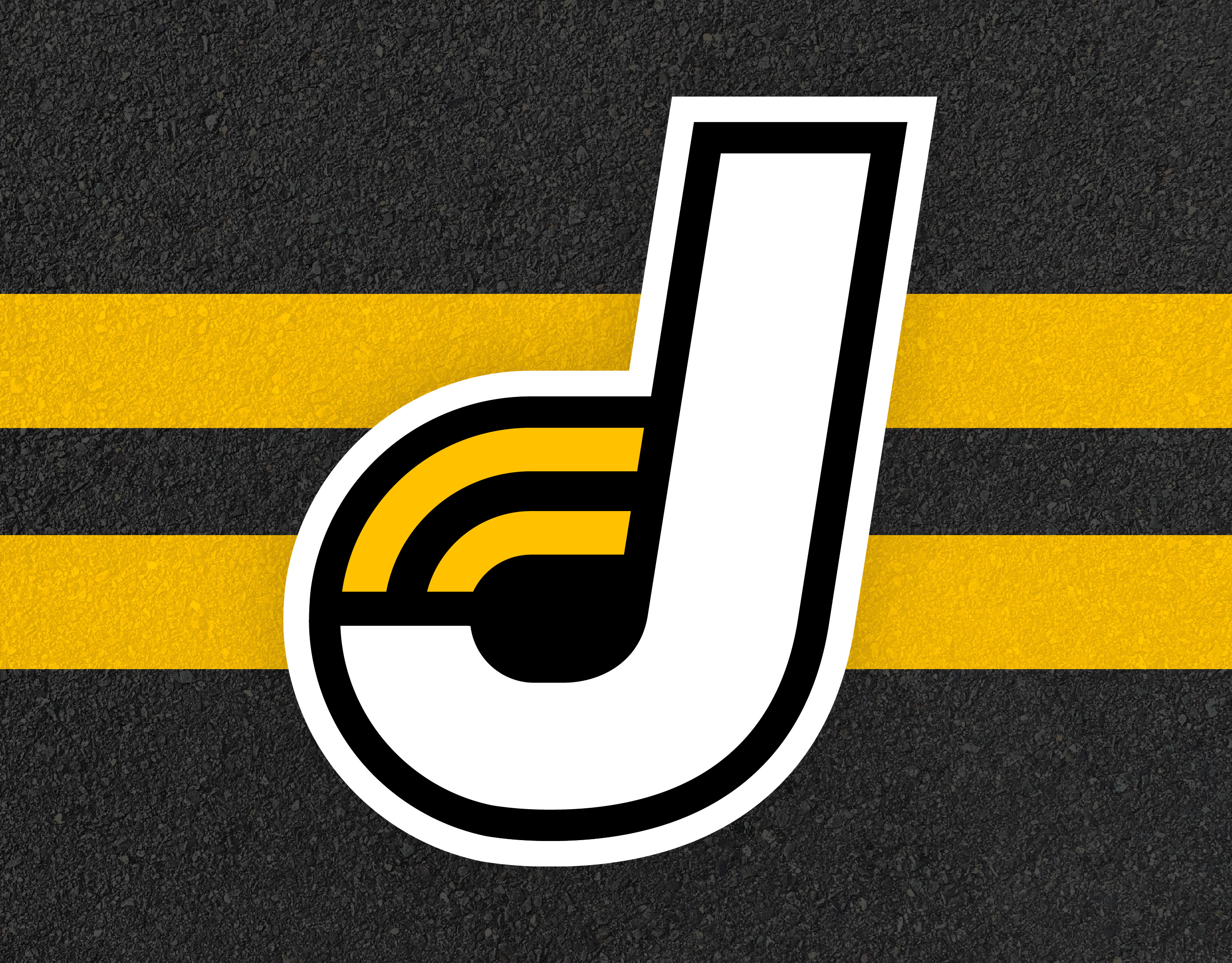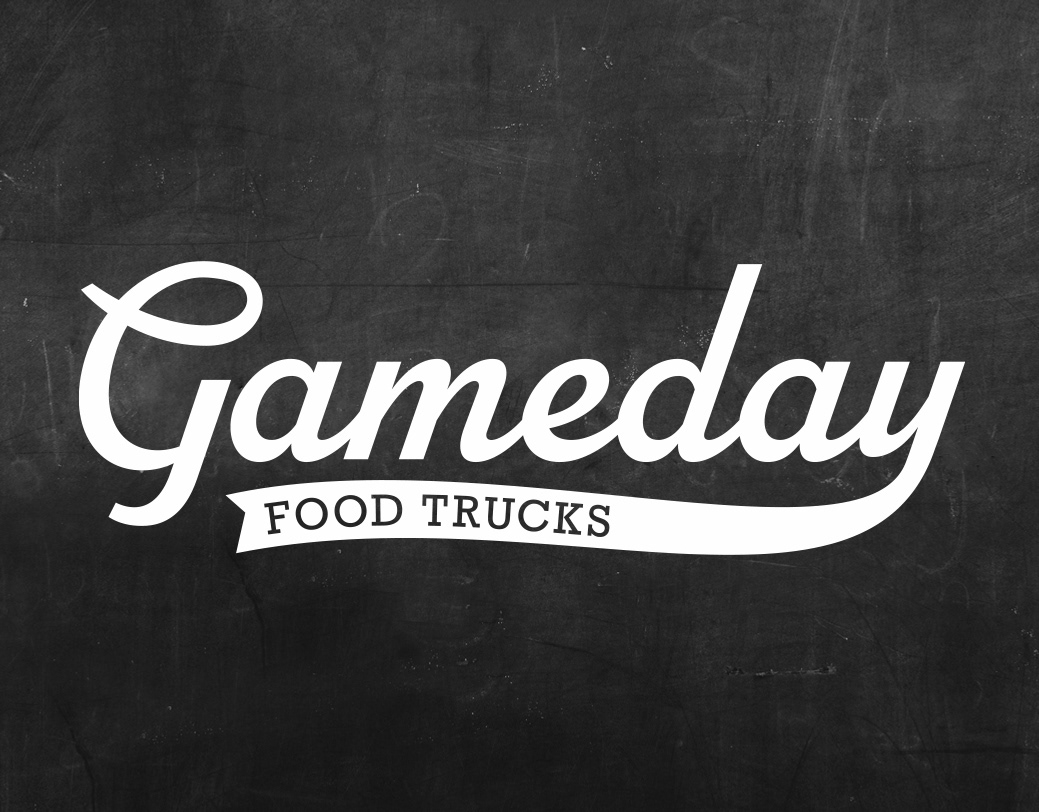The Objective:
The RIT Graphic Design Archive was looking for an interactive element to help promote the use of their space. The curators asked RIT students to develop concepts that would get their peers to utilize the services of this extensive collection of archived works.
The result:
The RIT Graphic Design Archive mobile app. This app will function similarly to a shopping app, where users can research items, add them to a bin, and later request them to be checked out and viewed via the Graphic Design Archive's space in the RIT library.
GDA app prototype
APP DESIGN
Designed for use by RIT students, the app will prompt users to sign in. Users may opt to continue as a guest if they intend to only browse. An alert will appear to notify users of upcoming events or other announcements. Users can dismiss this notification or request more info that will be sent to the email address they logged in with. After clearing this message, the Browse page will appear.
Users can search specific terms or phrases if they want something a bit more specific. Tapping the search icon will expand the search bar and keyboard. Recent searches by the user, popular searches from the community, and curators’ highlighted works will appear as suggestions here. The search results will be shown after the user presses the search button built into the native keyboard.
Users can open the menu to access basic navigations. The Artists page will show the full list of creators who are featured in the archive. Selecting a creator will show their bio and the collection of works contained in the archive. Users can favorite works or add them to their bin, and proceed to reserve these items. Tapping the bin icon will allow users to quickly view their bin.
The Bin serves the purpose of a shopping cart on most websites or apps. When requesting items, users will be prompted to select a date and time when they would like to reserve the items they have in their bin. If the requested items are available at the selected date and time, the user will be able to submit their request and return to the browse page to continue their research.
In situations where one or more items are not available at the selected date and time, an error message will appear. Users may remove the item(s) from their bin and retry the request or return and select a different date and time. Once the error is resolved, the user can complete their request. Users can input a phone number or backup email address to be contacted at when their items are ready.
RESEARCH AND DEVELOPMENT
Here we can see a preliminary brainstorm and affinity mapping of potential challenges and problems to solve in this project. Any element of this project was considered from generating awareness, final deliverables, and the Wallace Center space. From this large batch of information and ideation, a general plan was synthesized and taken into further steps of research and development.
Seen below is a general map of operations of both the interactive element as well as the physical space in the Wallace Center. This customer journey map shows a step-by-step diagram of the inner workings that will be carried out in order to provide the customer with the services and experience we are aiming for. We can now begin to see the way this system will function.
APP IDEATION AND WIREFRAMES
Early on, the app was modeled around the typical look and feel of many shopping and mobile food ordering apps. The ability to find each specific item in the archive and learn about it and its creator was a necessary main function of the app as well. The resulting solution combines these goals into an experience that allows users to select items and file a request to reserve them at a later date.
After testing exceptionally well with users, the core functions of the app have been reproduced almost identically in a digital workspace. From these low-fidelity wireframes, we can begin to more accurately understand what the app will look like in terms of basic layout and operations. User testing will continue and additional app functions will be developed in order to complete the final prototype.
